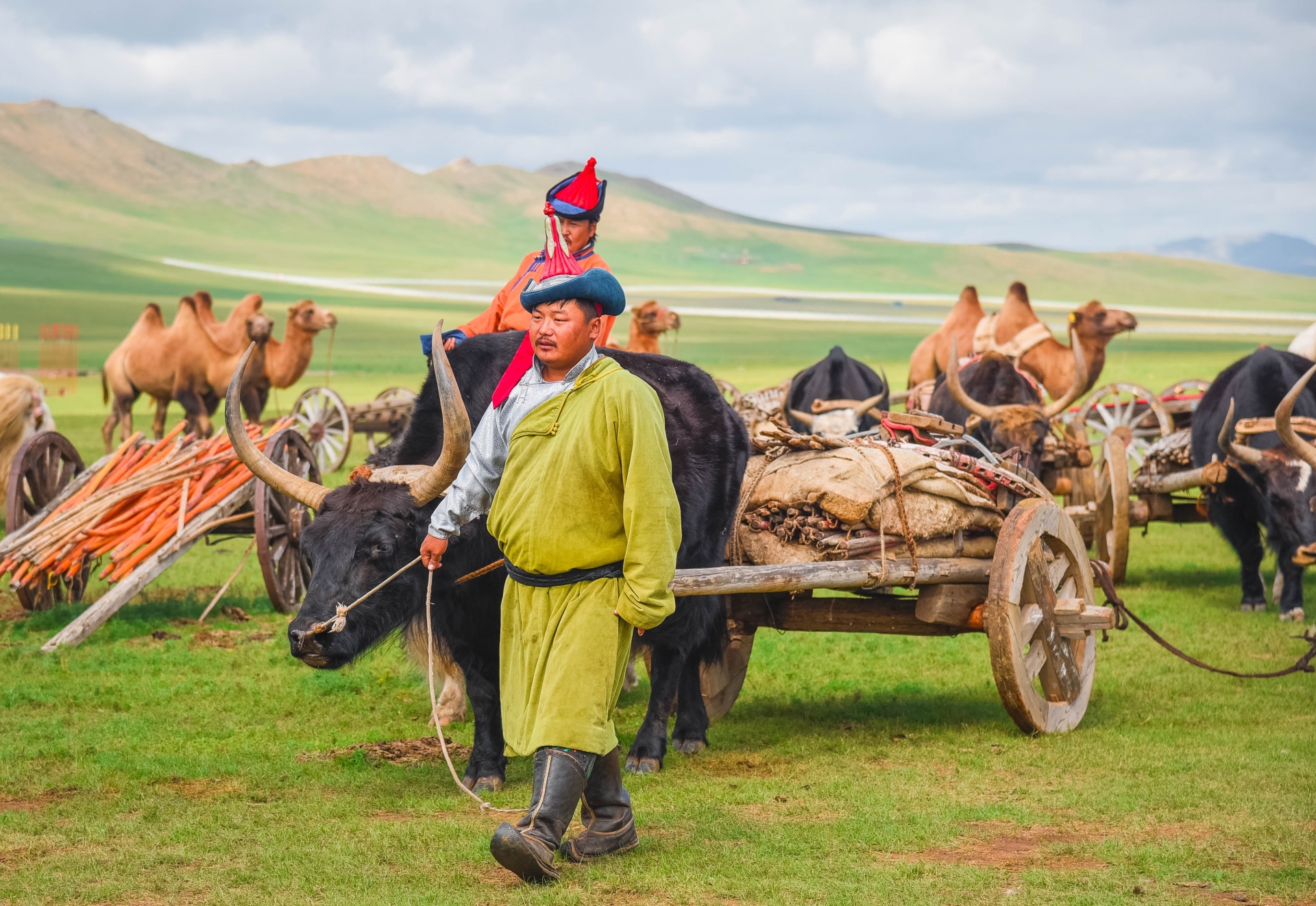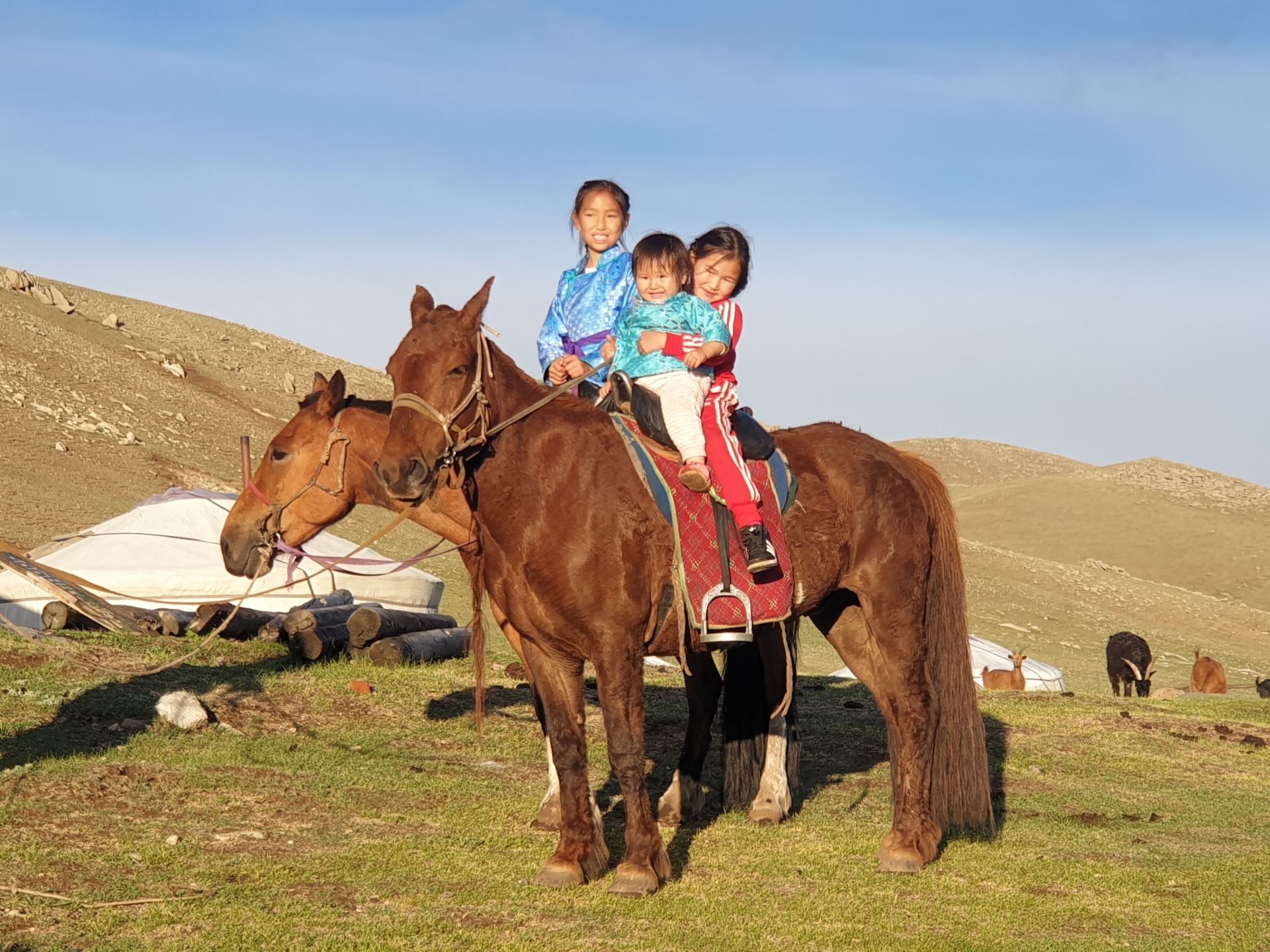Main Text
Nearly half of Mongolia’s three million residents are nomads, and most of the rest live in Ulaanbaatar - the country's capital and largest city. Its many museums, close proximity to national parks, and collection of imperial palaces and Buddhist monasteries qualify Ulaanbaatar as a destination.
All travel to the birthplace of steppe nomads starts in Ulaanbaatar. Originally called Urguu it was founded 375 years ago on the shores of Shireet lake in Central Mongolia. Since then the city has moved several times before settling where it is today. The city, nicknamed UB, will surprise you when you compare it with those settled thousands of years ago. However, once you learn about the nomadic lifestyle and culture of Mongols, you will have a better understanding of these surprises. This is the hospitable and friendly city of Ulaanbaatar, capital of authentic nomads.
HOLD THE CITY IN YOUR HANDS
The reason why gers, invented centuries ago for nomadic living, are still used when households have settled in an urban environment, is to save on the cost of living. Also, many Mongolians prefer to live in a felt ger – even if only for the summer months. Many families in ger districts have not only gers, but also wooden houses. The minimum size of a lot in the city is 0.7 hectares. Intergenerational family household is a common portray of Mongolia. If you climb any mountain surrounding the city, you will see the city as if in the palms of your hands.


GANDAN MONASTERY
Ulaanbaatar has changed continuously since its establishment in the Tuul river valley. This was not only due to natural evolution, but political ideology. The only religious site that survived the purges was Gandantegchinlen monastery. The monastery never went silent. Monks' prayers, bells, and religious drums could be heard even during the time when religion was banned. It is now home to an 26.5 meter high statue of Megjid Janraisag Bodhisattva. The statue was created twice, as it was destroyed by communists in 1911.
Related tours
Other destinations
Main Text
Chinggis Khan Museum
The museum places visitors in 13th century Mongolia to understand Chinggis Khaan, the Emporer and aristocracy. In addition to focusing on the person of Chinggis Khaan, the museum immerses visitors in the understanding of peace and culture of the past, current, and future Mongolia, including the culture of horses, religion, landscape, and military history

GANDAN MONASTERY
Ulaanbaatar has changed continuously since its establishment in the Tuul river valley. This was not only due to natural evolution, but political ideology. The only religious site that survived the purges was Gandantegchinlen monastery. The monastery never went silent. Monks' prayers, bells, and religious drums could be heard even during the time when religion was banned. It is now home to an 26.5 meter high statue of Megjid Janraisag Bodhisattva. The statue was created twice, as it was destroyed by communists in 1911.









